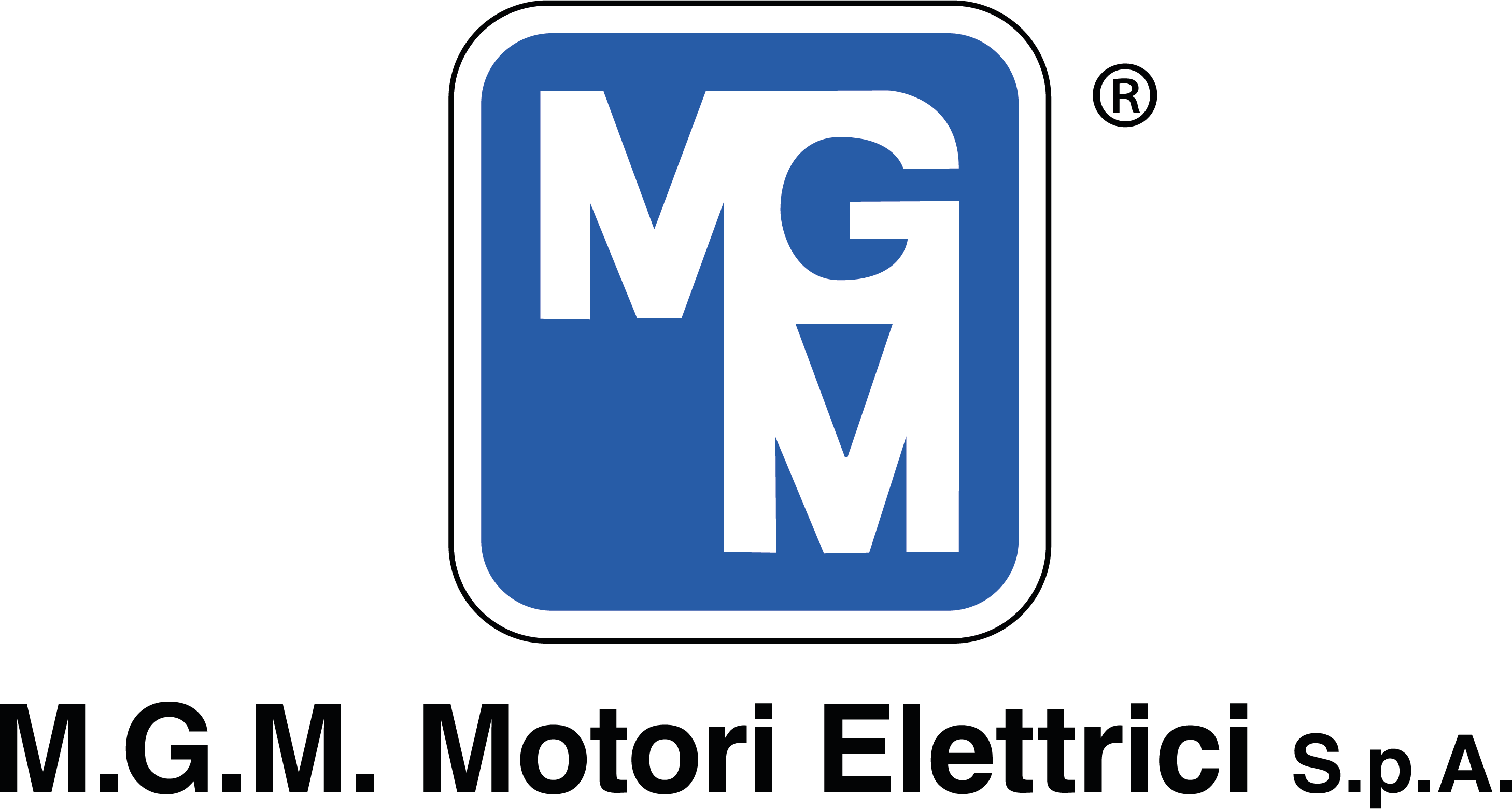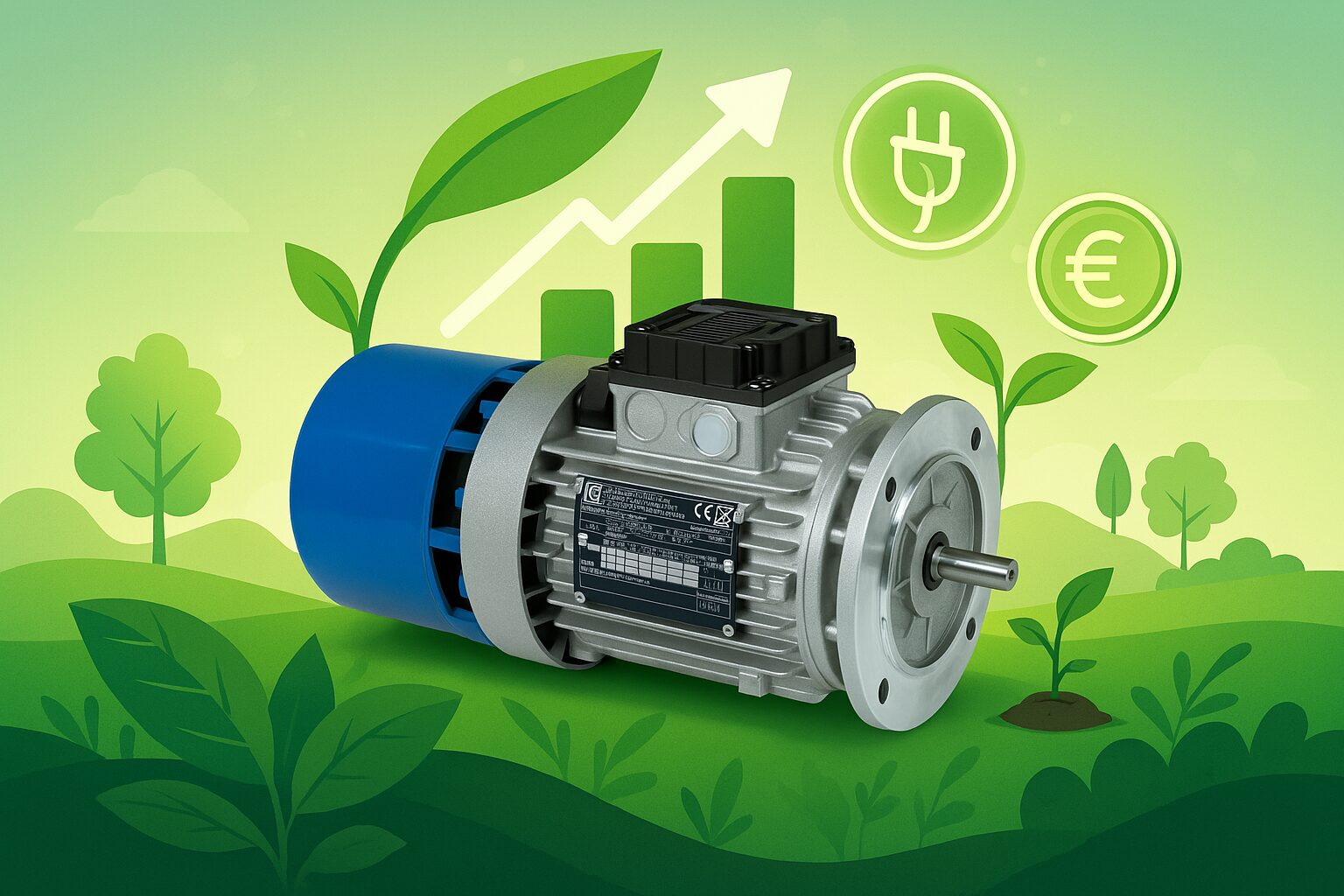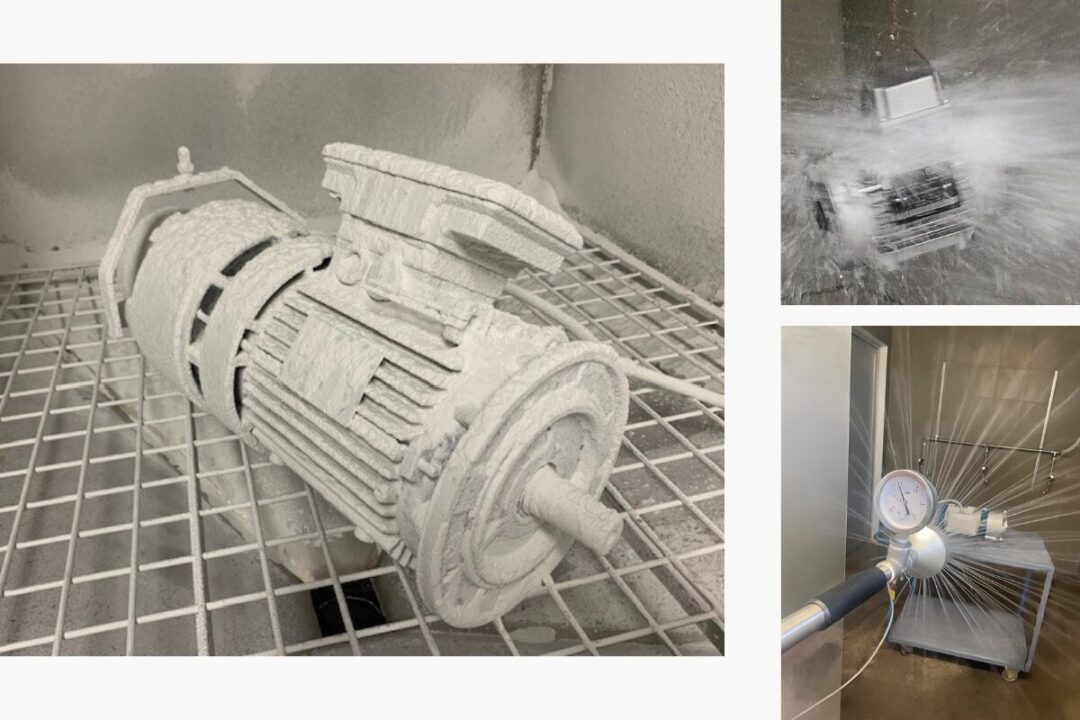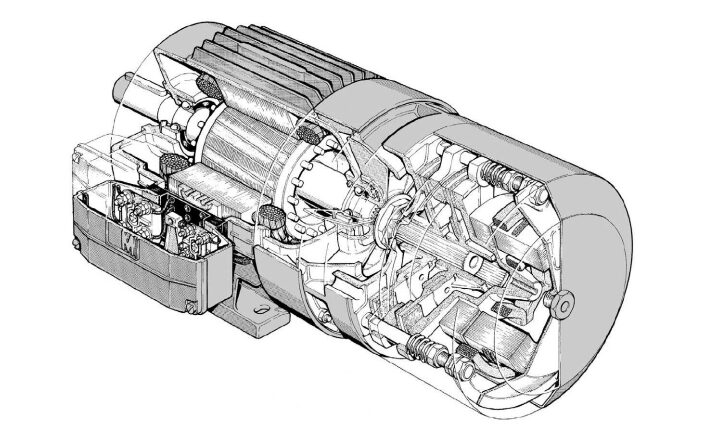Efficiency indicates how effectively an electric motor converts electrical energy into mechanical energy. The higher the efficiency of a motor under specific operating conditions, the lower the corresponding consumption of electrical energy. Therefore, in general, using a higher-efficiency motor results in energy savings.
The international standard IEC 60034-30-1 has defined efficiency classes using the “IE” code followed by a number indicating increasing levels of efficiency:
IE1 (standard efficiency)
IE2 (high efficiency)
IE3 (premium efficiency)
IE4 (super premium efficiency)
Considering that an electric motor is intended to operate for many years, the operating cost due to the energy consumed is by far greater than the initial purchase cost of the motor. Especially for motors designed to operate continuously or for several hours a day, rather than intermittently, the higher initial cost of a more efficient motor is quickly offset by the energy savings.
However, the savings become less significant when the motor performs repeated cycles that involve running for only a few seconds followed by a stop.
Per un rapido calcolo sul risparmio economico annuale che si può ottenere utilizzando un motore con efficienza (rendimento) effa rispetto ad un motore con efficienza (rendimento) effb di pari potenza si può fare uso della seguente formula:
To quickly calculate the annual economic savings achieved by using a motor with efficiency (effa) compared to one with efficiency (effb) of the same power, the following formula can be used:
Annual economic savings = hyear x kW x %FL x CostkWh x (1/effa – 1/effb)
Where:
Hyear = number of operating hours per year (hours)
kW = rated power of the motor (kW)
% FL = fraction of rated power at which the motor actually operates
Costkwh = cost of electricity per kWh
effa = efficiency of motor “a” (%) under actual load / 100
effb = efficiency of motor “b” (%) under actual load / 100
The efficiency of a motor is always indicated on its nameplate or in the technical documentation.
The European regulation (EU Regulation 2019/1781) has established efficiency limits for induction electric motors designed to operate at a sinusoidal voltage of 50 Hz, 60 Hz, or 50/60 Hz, with a rated voltage above 50V and up to 1000V inclusive.
This regulation also applies to brake motors and states that:
– three-phase brake motors with rated power 0.12 kW ≤ Pn < 0.75 kW with 2, 4, 6, or 8 poles must meet a minimum efficiency class of IE2
– three-phase brake motors with rated power 0.75 kW ≤ Pn ≤ 1000 kW with 2, 4, 6, or 8 poles must meet a minimum efficiency class of IE3
– single-phase brake motors with rated power Pn ≥ 0.12 kW with 2, 4, 6, or 8 poles must meet a minimum efficiency class of IE2
It is worth noting that standard three-phase motors (but not brake motors) with rated power between 75 kW ≤ Pn ≤ 200 kW and 2, 4, 6, or 8 poles must meet a minimum efficiency class of IE4.
The regulation excludes some motor types, including two-speed motors and totally enclosed non-ventilated (TENV) motors. It also does not apply to motors that cannot operate in continuous duty (S1, S3 ≥ 80%, S6 ≥ 80%).
Various countries around the world have their own regulations on minimum motor efficiency, which may differ from the European one, with specific scopes, exclusions, required minimum efficiency classes, and deadlines. Minimum efficiency regulations may also change over time.
Therefore we advise to contact us for updated information specific to your country.


 Mon - Fri 8:00 - 17:00
Mon - Fri 8:00 - 17:00






